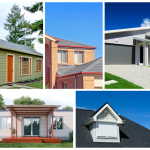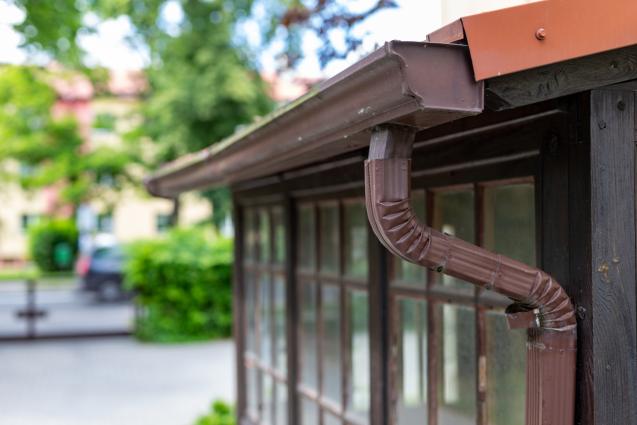
Exploring Popular Australian Roofing Styles
Diving right in, the first stop is the lasting legacy of the Corrugated Iron Roofing Style. Originating during the gold rush era in the mid-19th century, when corrugated iron was imported as a lightweight, easily transportable roofing material, it became iconic to Australian rural architecture. The wave-like pattern of this style not only casts interesting shadows but also gives the roof enhanced strength. However, its biggest flaw lies in its susceptibility to rusting. Currently, we see an incline towards the use of Colorbond steel, a corrosion-resistant material, providing the same aesthetic with enhanced durability.
Next on our exploration is the Modern Skillion and Lean-to Roof Style. Characterised by a single sloping roof surface, often not attached to another roof surface, this minimalistic design is catching the fancy of many contemporary Australian homes. Besides its modern appeal, the steep slope provides excellent rainwater shedding capabilities. Nonetheless, a potential drawback might be limited attic space. This style perches harmoniously with other architectural elements, often paired with a flat or multiple skillions at different angles, creating an intriguing silhouette.
Third in line is the Timeless Australian Hip Roof Style. With all sides sloping downwards to the walls, the 'hipped' shape of the roof offers excellent stability against high winds. Honoured in both traditional and contemporary Australian houses, it combines functionality with a pleasing aesthetic. While the complex design might raise construction costs, its durability and charm are generally deemed worth the expenditure. From the simple square hip roof to the cross-hip variation, there are several adaptations of this style aligning with the Australian climate and preferred aesthetic.
Moving forward, we now examine the Distinctive Gable Roof Style. With two roof sections sloping in opposite directions and meeting at a central ridge, the Gable roof is an evergreen favourite in Australia. Its enduring popularity credits the aesthetic appeal, easy water drainage capabilities, and the beneficial attic space it offers. Though gable roofs may be prone to wind damage if not properly constructed, their strengths generally outweigh their weaknesses. Today, we observe the integration of sustainable material, further establishing the popularity of this style.
Concluding our list is the Unique Clerestory Roof Style, a roof with a vertical wall extension with windows, an ancient roman architectural concept, recently finding itself revived in Australia. This design facilitates natural light and air, creating a miraculous play of shadows while promoting energy efficiency. Despite the potential for heat loss in winter and overshadowing issues, clever placement and design can curb these issues. Instances of extraordinary incorporation of this style across Australia, notably in residences and churches, illustrate their rising popularity.
As we wrap up this journey, it becomes evident that Australian roofing styles, each dollop richness in design while presenting an array of benefits and challenges, a testament to the evolution of architecture. While choosing a roofing style, factors such as climate, environment, and the dwellers' personal desire play a significant role in the final selection.
Beyond providing shelter, the roof style chosen defines the house, contributing to its identity and character. With an expanding array of materials and technologies, the future of roof styles in Australia promises a resilient blend of practicality and aesthetic appeal. Keeping a finger on the pulse of these developments will be pivotal for homeowners and builders alike.



